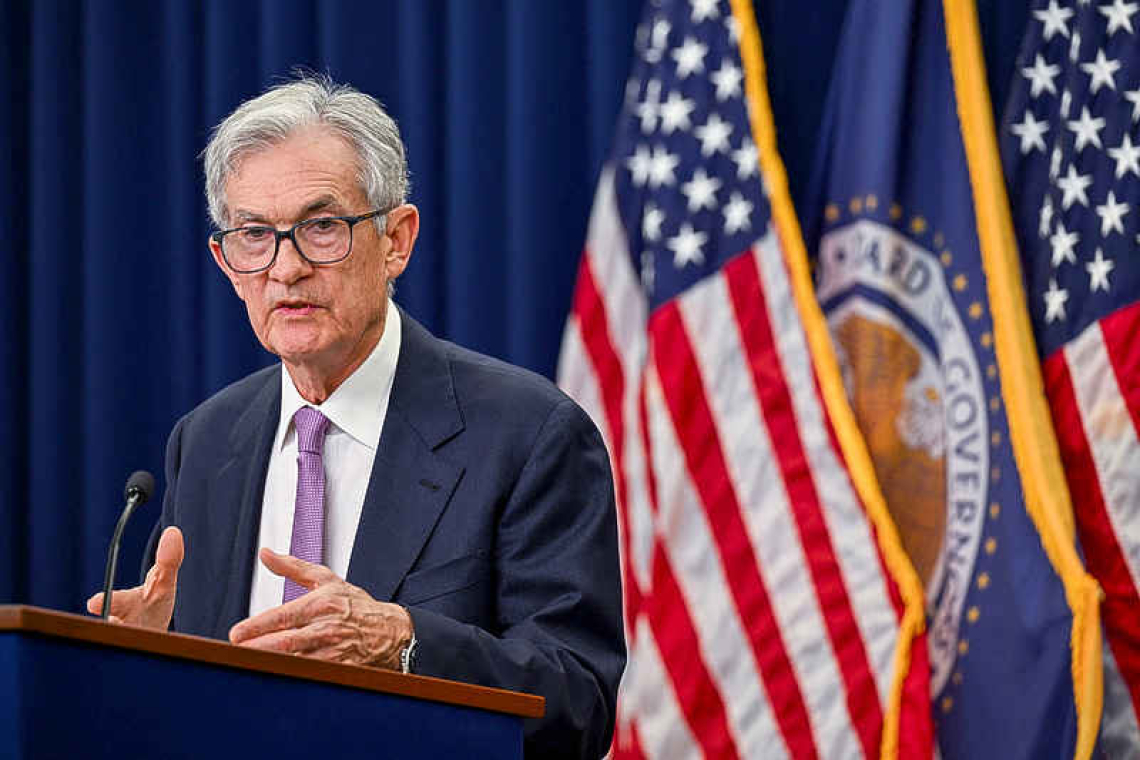WASHINGTON--The Federal Reserve cut interest rates by a quarter of a percentage point on Thursday as its policymakers began taking stock of what could become a more complex economic landscape when President-elect Donald Trump takes office next year. Fed Chair Jerome Powell said the results of Tuesday's presidential election, which paved the way for a U.S. chief executive who has pledged widespread deportation of immigrants, broad-based tariffs, and tax cuts, would have no "near-term" impact on U.S. monetary policy.
Powell said the Fed will continue assessing data to determine the "pace and destination" of interest rates as officials reset currently tight monetary policy to account for inflation that has slowed markedly in the past year and is nearing the U.S. central bank's 2% target. But as the new administration's proposals take shape, the Fed chief said the central bank would begin estimating the impact on its twin goals of stable inflation and maximum employment. "It's a process that takes some time," said Powell, who spoke in a press conference following the Fed's decision to reduce its benchmark overnight interest rate to the 4.50%-4.75% range.
"It's all of the policy changes that are happening. What's the net effect? The overall effect on the economy at a given time? That's a process ... we go through all the time with every administration." The first years of President Joe Biden's administration, for example, saw passage of major infrastructure and other spending bills that added to growth but, many economists feel, also contributed to the eventual breakout of inflation that the Fed had to suppress with rapid rate hikes in 2022 and 2023. Inflation has since fallen and Fed policy rates are coming down as well, a process Powell said is still expected to lead over time to a more neutral rate of interest that neither stimulates nor restrains the economy. Yet the exact destination remains unknown, and may become even harder to pin down if fiscal and tax policies change as rapidly as Trump has pledged, particularly given the political tailwind of Republican control of the U.S. Senate and possibly the House of Representatives. Powell, who was appointed by Trump and then eventually clashed with him during the Republican president's first term, will now oversee monetary policy during those first critical months of the new administration. Trump indicated over the summer, and a CNN report on Thursday reaffirmed, that he would let Powell continue as Fed chief until the end of his current four-year term in May of 2026 – and Powell said bluntly on Thursday that he would not resign if asked.
The president, he said, had no authority under law to remove the head of the Fed, a position confirmed by the Senate, over a policy disagreement. "Not permitted under the law," Powell said. For now, at least, both inflation and interest rates are moving lower in line with a Fed outlook that sees price pressures continuing to ease amid ongoing economic growth and a job market the central bank says has "generally eased" but remains healthy.
"The easy cuts have been made, and maybe December won't be too contentious either," said Elyse Ausenbaugh, head of investment strategy at J.P. Morgan Wealth Management, referring to the likelihood of another quarter-percentage-point rate cut at the Fed's Dec. 17-18 meeting, its final one of the year. "Thereafter, I imagine the Fed is asking the same questions as investors - to what extent and when will the incoming Trump administration implement its campaign policy proposals?"







